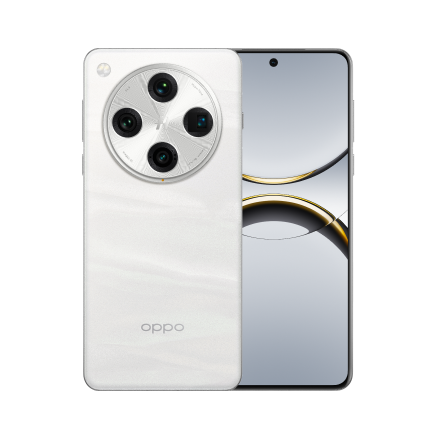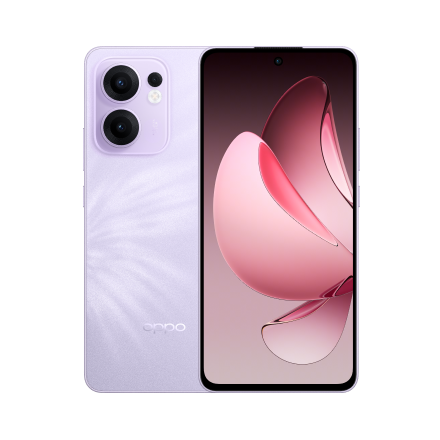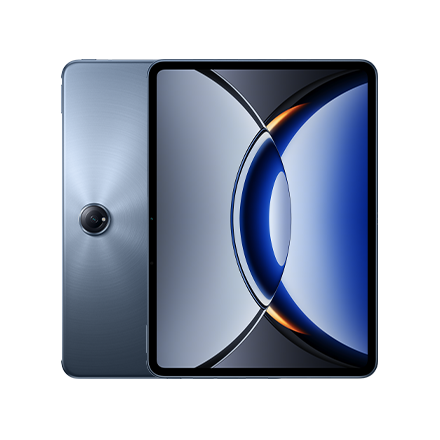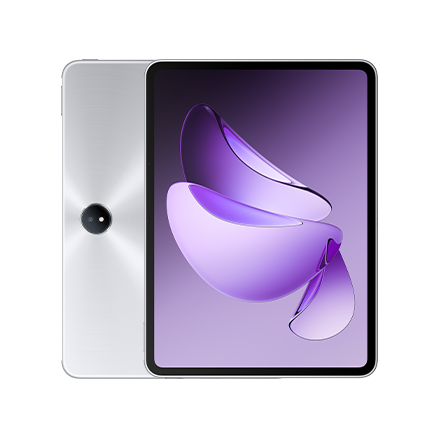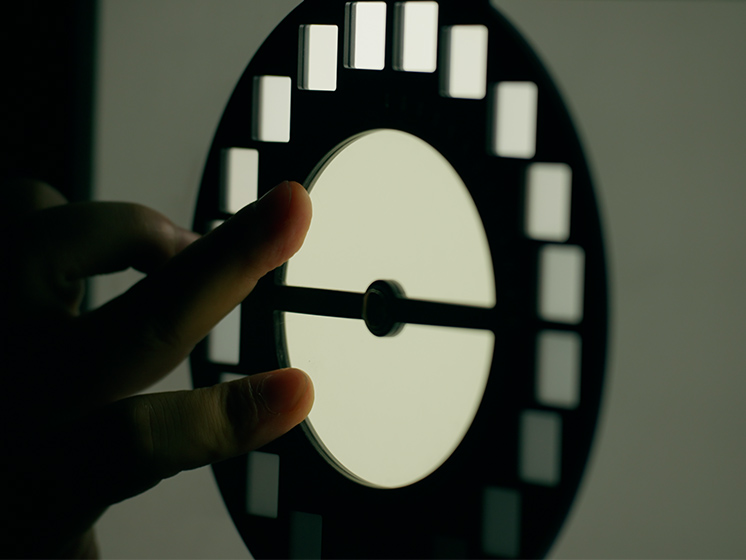
At OPPO, we celebrate diversity in portrait photography. So when developing the system behind our Reno12 Series portrait photo experience, we took our team of imaging experts on-location to understand what a perfect portrait looks like to an eclectic mix of users.
Our journey towards upgrading our portrait experience involved a research trip to Kuala Lumpur, Malaysia, a multicultural melting pot with a unique identity, diverse population, and world-class portrait photographers.
Understanding the Perfect Portrait Through Research
The research and development phase to take OPPO's portrait photography to the next level lasted over three months, during which time the imaging team travelled twice from OPPO's Imaging Lab in China to Kuala Lumpur.
The imaging team's first research trip to Kuala Lumpur saw it gather feedback on the existing portrait photography experience from local users. This consisted of A/B testing, with a range of portrait photos taken on-location using different smartphones.
Simon Liu, Director of Imaging Technology at OPPO adds context to this process: "We start from the engineering side, we know all the tools behind image processing. Then we cross over to the artistic side to interpret between engineering and art; we need to be bilingual, speaking both languages to achieve our goal".
OPPO's imaging team then returned to the Imaging Lab with the user feedback gathered in Kuala Lumpur. By analysing these insights from local users and professional photographers, feedback covering everything from colour to texture, clarity, tone and more was accounted for, after which imaging experts worked to refine OPPO's portrait results to meet a broad mix of user requirements.
Once OPPO's imaging team achieved a portrait aesthetic that aligned with its research feedback and goals, it returned to Kuala Lumpur to validate the updated processing through a second round of user-based testing.
The updated portrait tuning was preferred significantly. It identified key elements of a portrait that matter most to users and helped OPPO's portrait photography edge another step closer to perfection.
Portrait Perfection: A Harmony of Elements
To create the perfect portrait, a balance of elements must come together. OPPO's research highlighted the importance of warmth, for example, with portraits featuring lively, warm skin tones frequently preferred, particularly in Kuala Lumpur's tropical environments. But the tone needs to both flatter subjects while maintaining natural colours to be truly perfect.
Brightness also emerged as a key factor, notably indoors, when a scene is in danger of looking dull. And feedback wasn't limited to overall scene brightness and exposure; the brightness of specific facial features is also important. For example, brightening up deep-set eyes, even with overhead lighting, refining skin contrast and reducing shiny spots.
Users also wanted a specific amount of clarity in their pictures. Too much clarity pulls a subject's imperfections into focus; too little clarity makes their features look soft, resulting in a less captivating portrait.
These are just a few factors that OPPO's imaging team took into account when refining its portrait tuning.
OPPO's Imaging Philosophy
OPPO's imaging philosophy: Capture Life's Beauty with Ease, is particularly relevant to portrait capture. After all, there are few things more beautiful than the essence of a person, and what once required a dedicated, large camera and many processes can now be captured on a smartphone with a single tap of a screen.
So whether you're in Kuala Lumpur or anywhere else in the world, every time you take a photo with an OPPO smartphone, years of pioneering research is coming together to help you capture your perfect moment in a stunning portrait.
